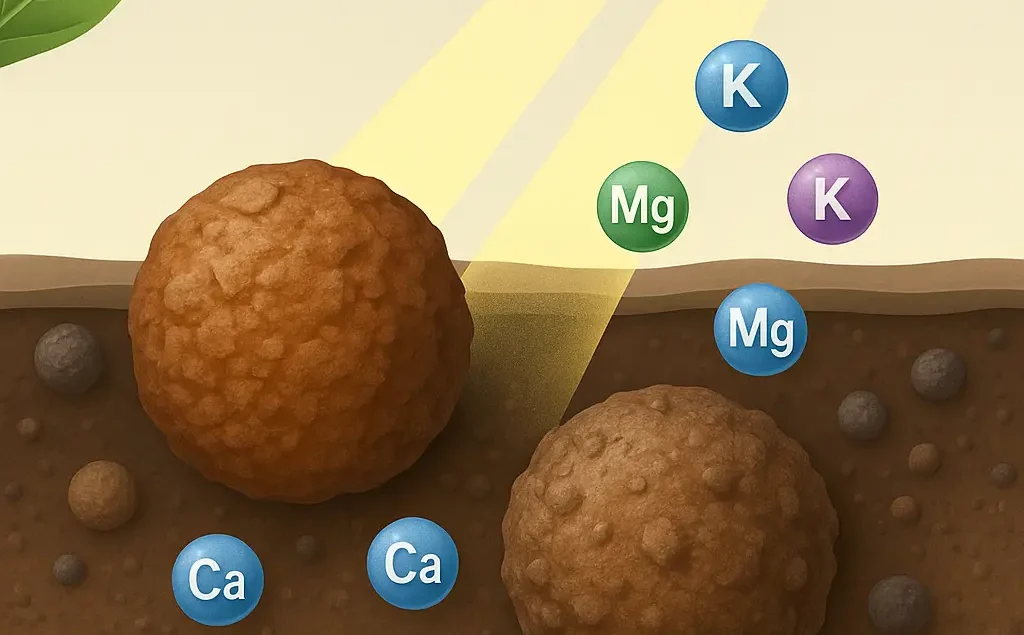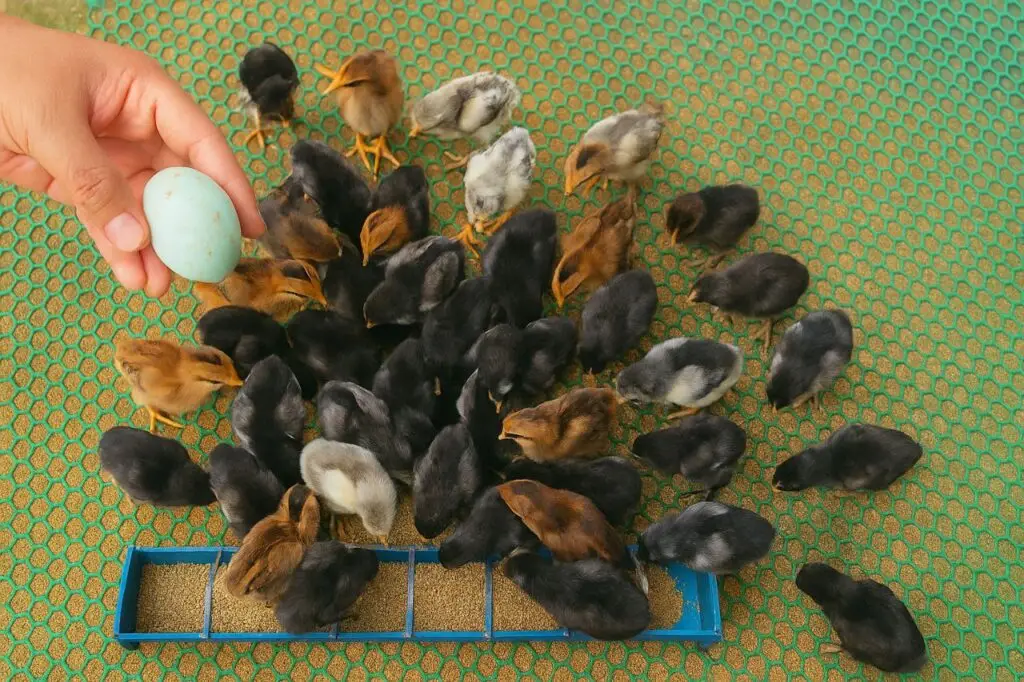 Soil is more than just dirt — it’s a living, breathing system that feeds your crops. At the heart of a fertile soil lies something called Cation Exchange Capacity (CEC), a powerful indicator of how well your soil holds nutrients.
Soil is more than just dirt — it’s a living, breathing system that feeds your crops. At the heart of a fertile soil lies something called Cation Exchange Capacity (CEC), a powerful indicator of how well your soil holds nutrients.
But what if we told you that the key to unlocking CEC lies in tiny, invisible allies? Meet your new farm partner: photosynthetic bacteria.
🌞 What Is Cation Exchange Capacity (CEC)?
CEC is a measurement of how well soil particles can hold and exchange positively charged nutrients (cations) such as:
- Calcium (Ca²⁺)
- Magnesium (Mg²⁺)
- Potassium (K⁺)
- Ammonium (NH₄⁺)
The higher the CEC, the better your soil is at storing these nutrients and delivering them to your crops when they need it most.
🦠 Enter the Unsung Heroes: Photosynthetic Bacteria
Photosynthetic bacteria (PSB) are naturally occurring soil microbes that use sunlight to produce energy. But their real magic happens underground — where they:
✅ Release organic acids
✅ Break down minerals
✅ Free up locked nutrients
These acids transform insoluble minerals into plant-available forms, making PSB a natural fertilizer powerhouse.
🧲 How Do They Affect CEC?
When photosynthetic bacteria break down minerals, they help release cations like calcium, magnesium, and potassium. These nutrients are then held by negatively charged soil particles like clay and organic matter (humus).
Think of it like magnets — negative soil surfaces attract and retain positive nutrients.
The result? Better nutrient retention, improved root uptake, and healthier plants.
💧 Additional Soil Benefits
Beyond increasing CEC, photosynthetic bacteria help:
- Improve soil structure
- Retain moisture
- Reduce nutrient leaching
- Boost microbial biodiversity
This leads to more resilient soil and better yields, especially in organic or low-input farming systems.
🚜 Why Should Farmers Care?
If you’re working toward:
- Organic farming
- Regenerative agriculture
- Sustainable crop production
…then photosynthetic bacteria are a game-changer.
You can apply them via compost teas, fermented plant extracts, or microbial inoculants to naturally enrich your soil.
📌 Final Thoughts
The future of farming is biological, not chemical.
By encouraging beneficial microbes like photosynthetic bacteria, you’re not just growing crops — you’re growing a living soil ecosystem that sustains your farm long-term.

